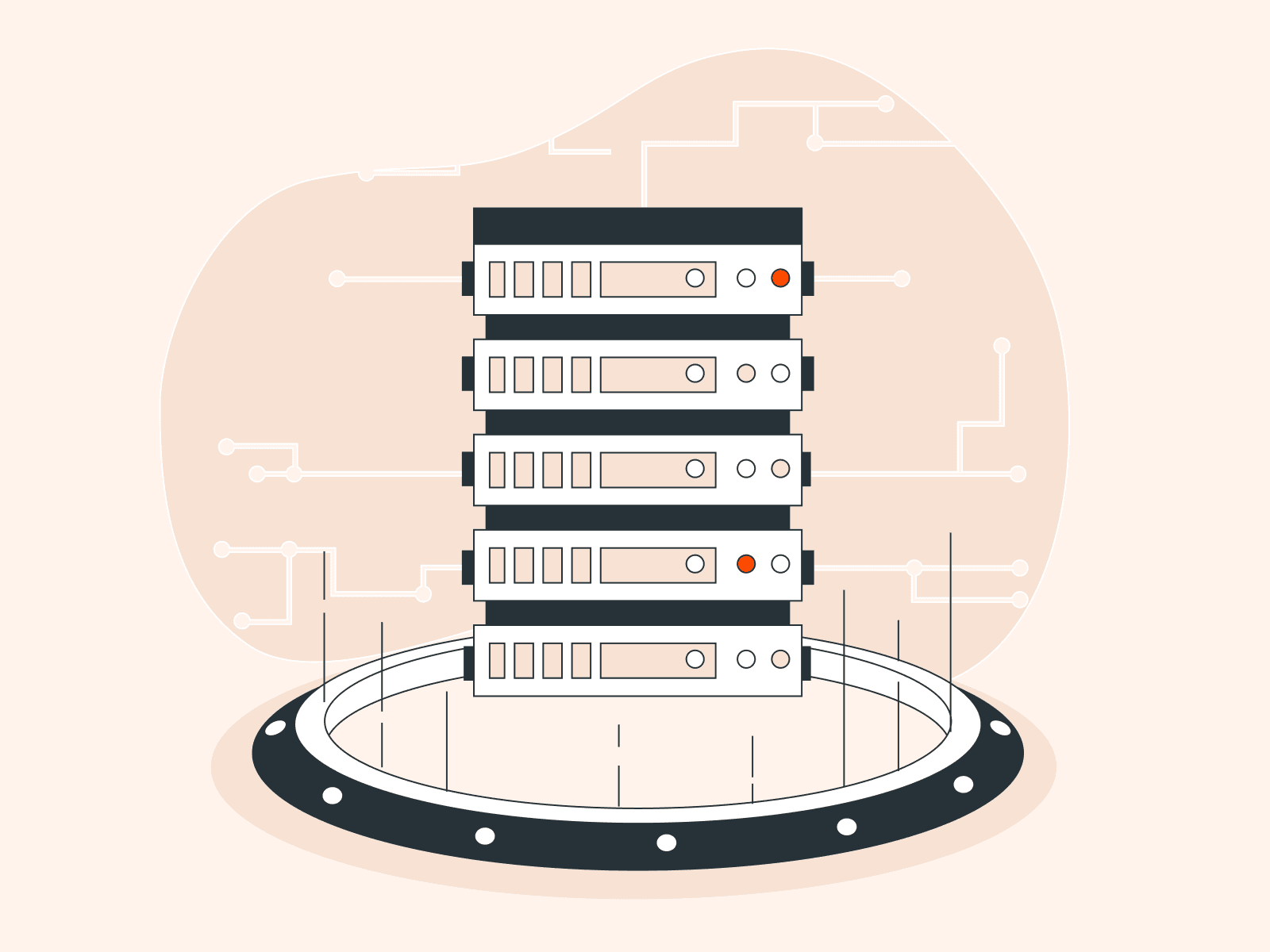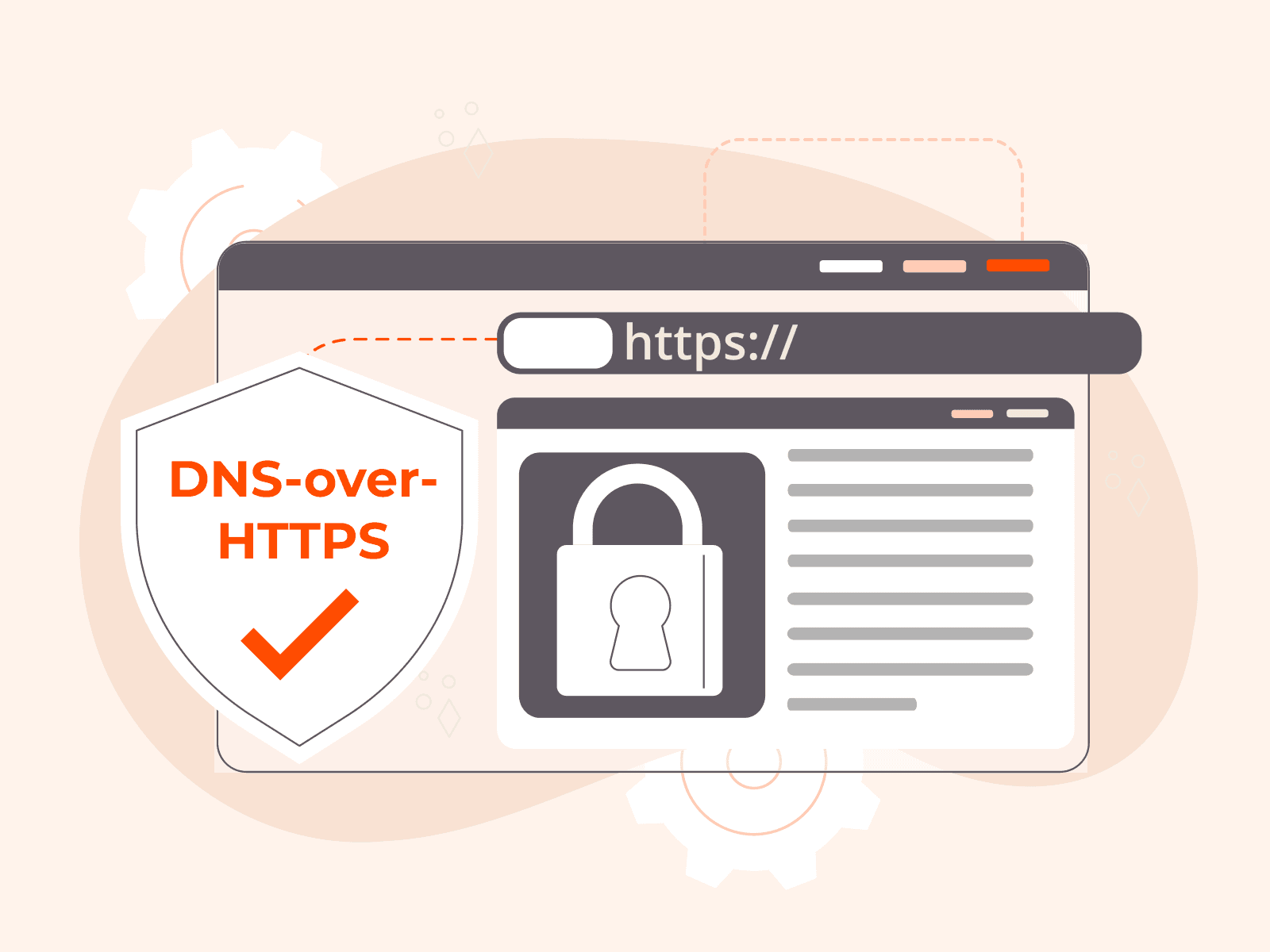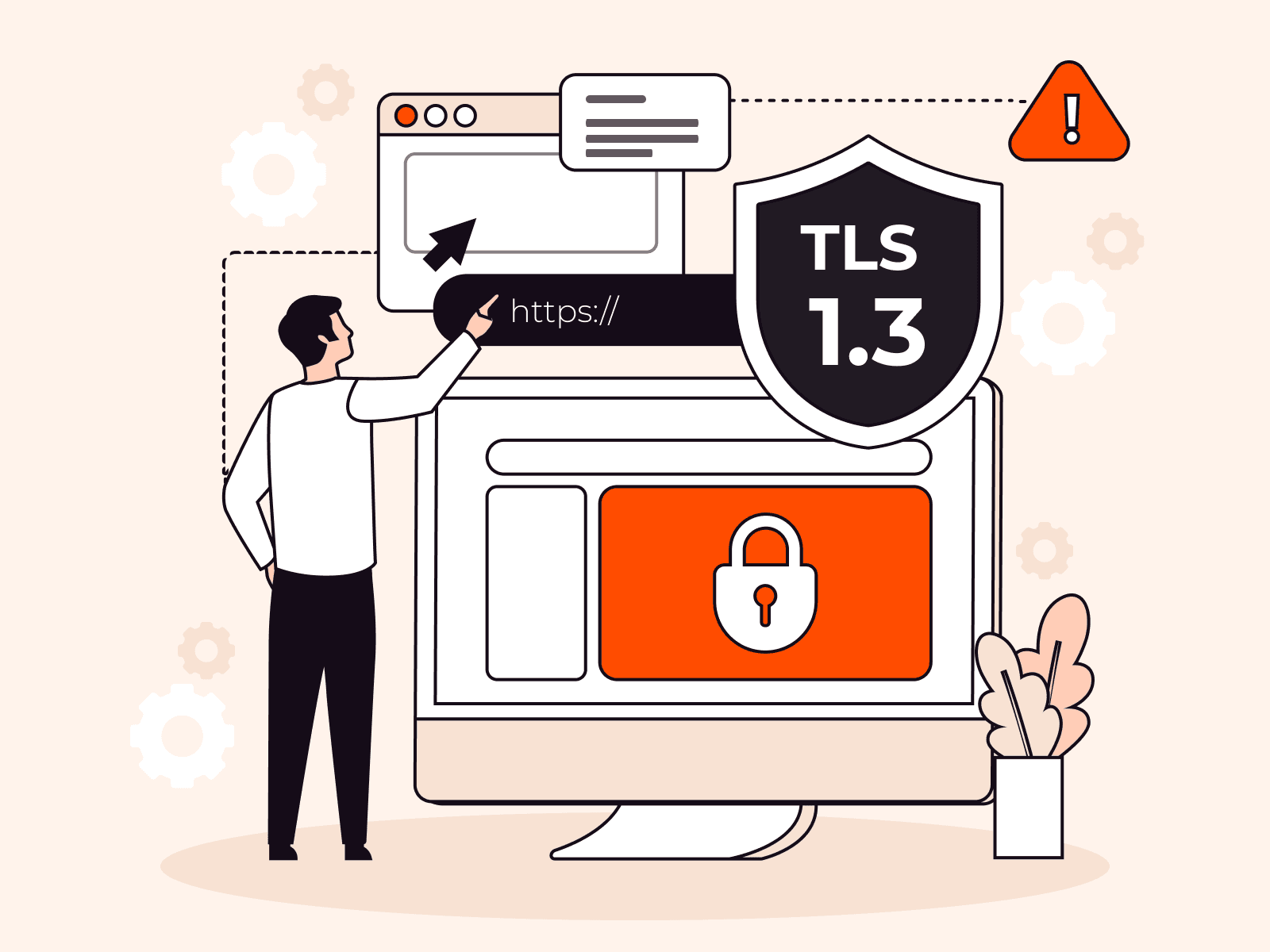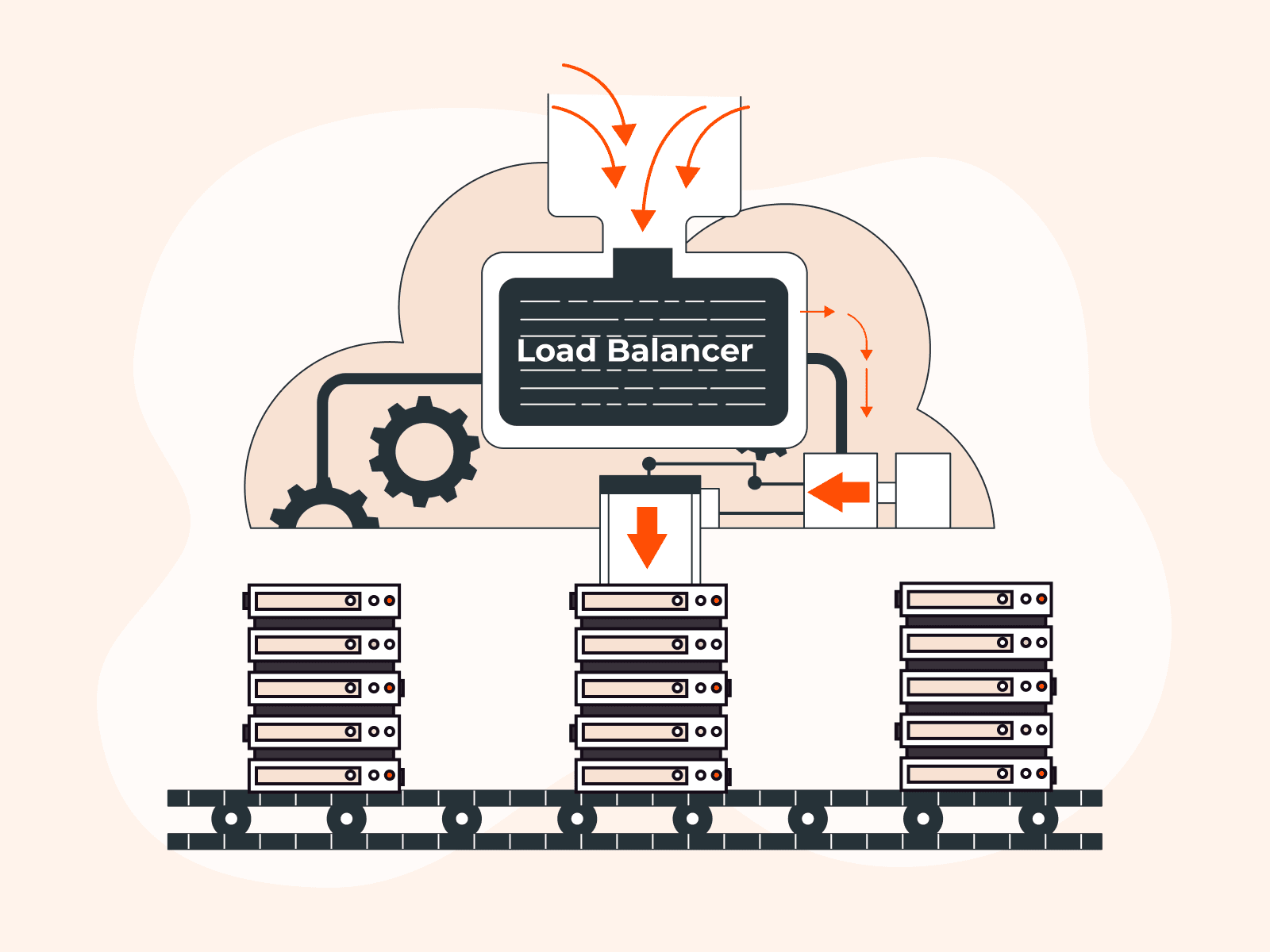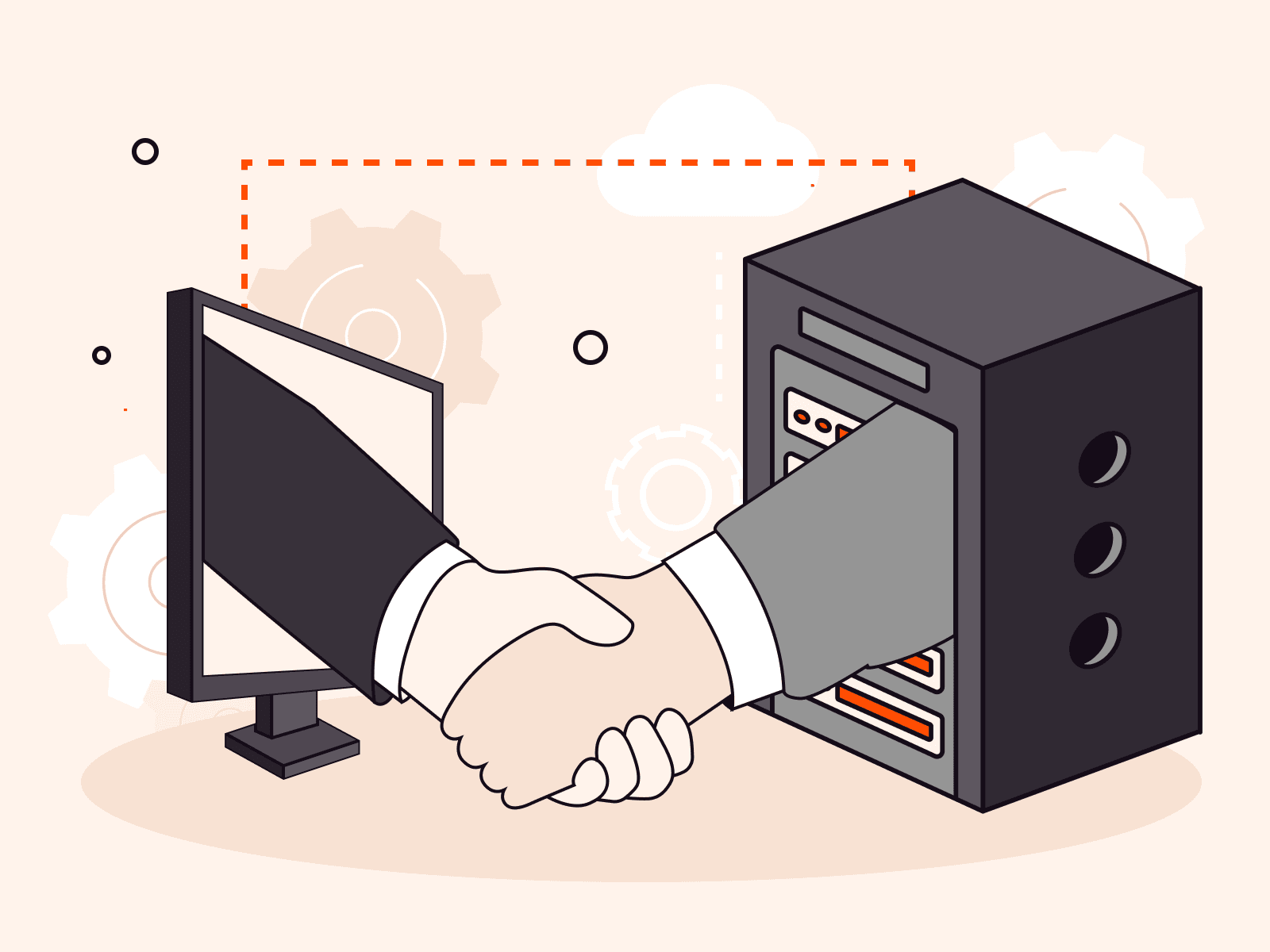Developers
Discover the latest industry trends, get ahead with cutting‑edge insights, and be in the know about the newest Gcore innovations.
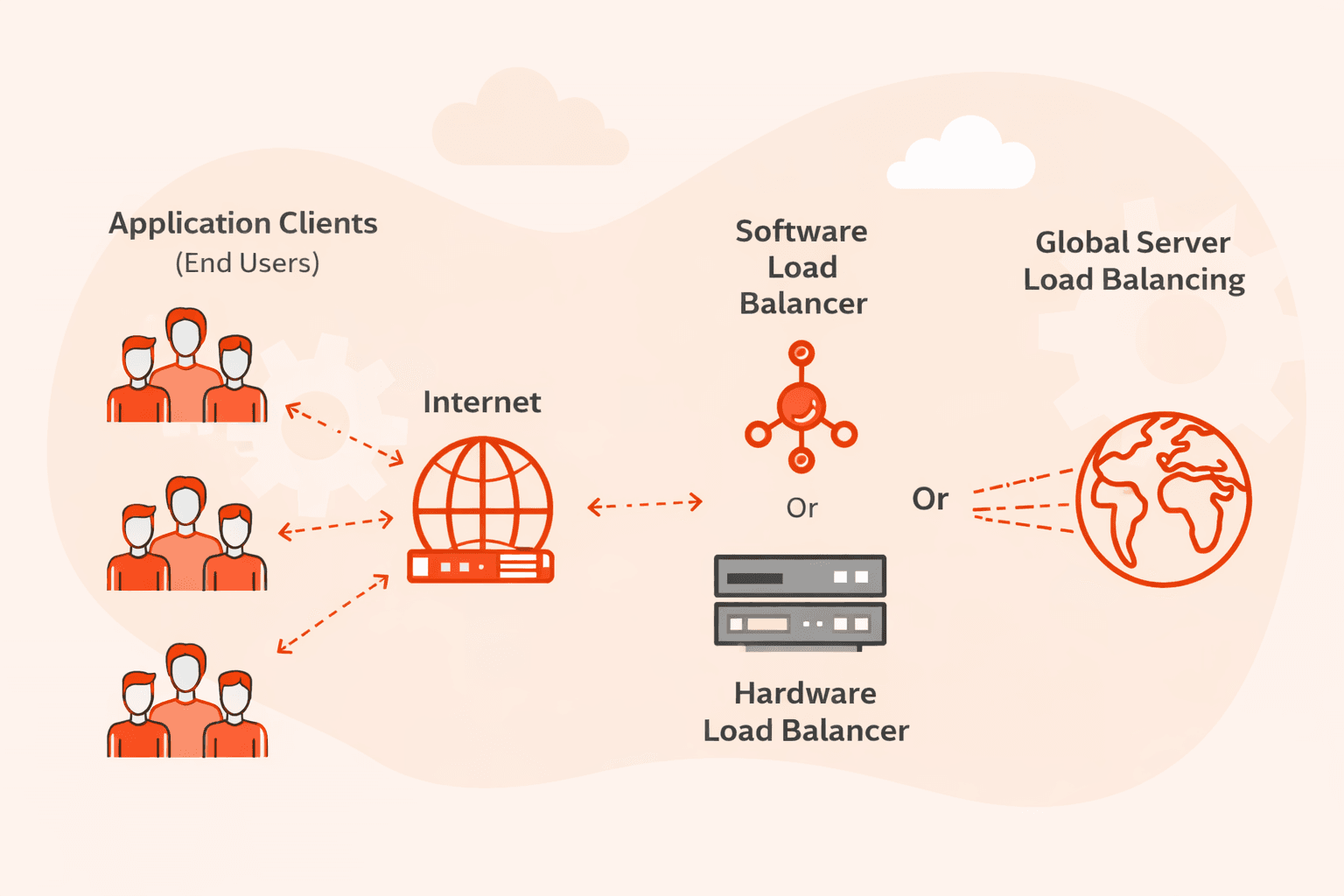
GSLB is a method of distributing client requests across multiple geographically dispersed data centers to improve performance, availability, and compliance. Over 60% of enterprises with a global footprint now use some form of GSLB for criti
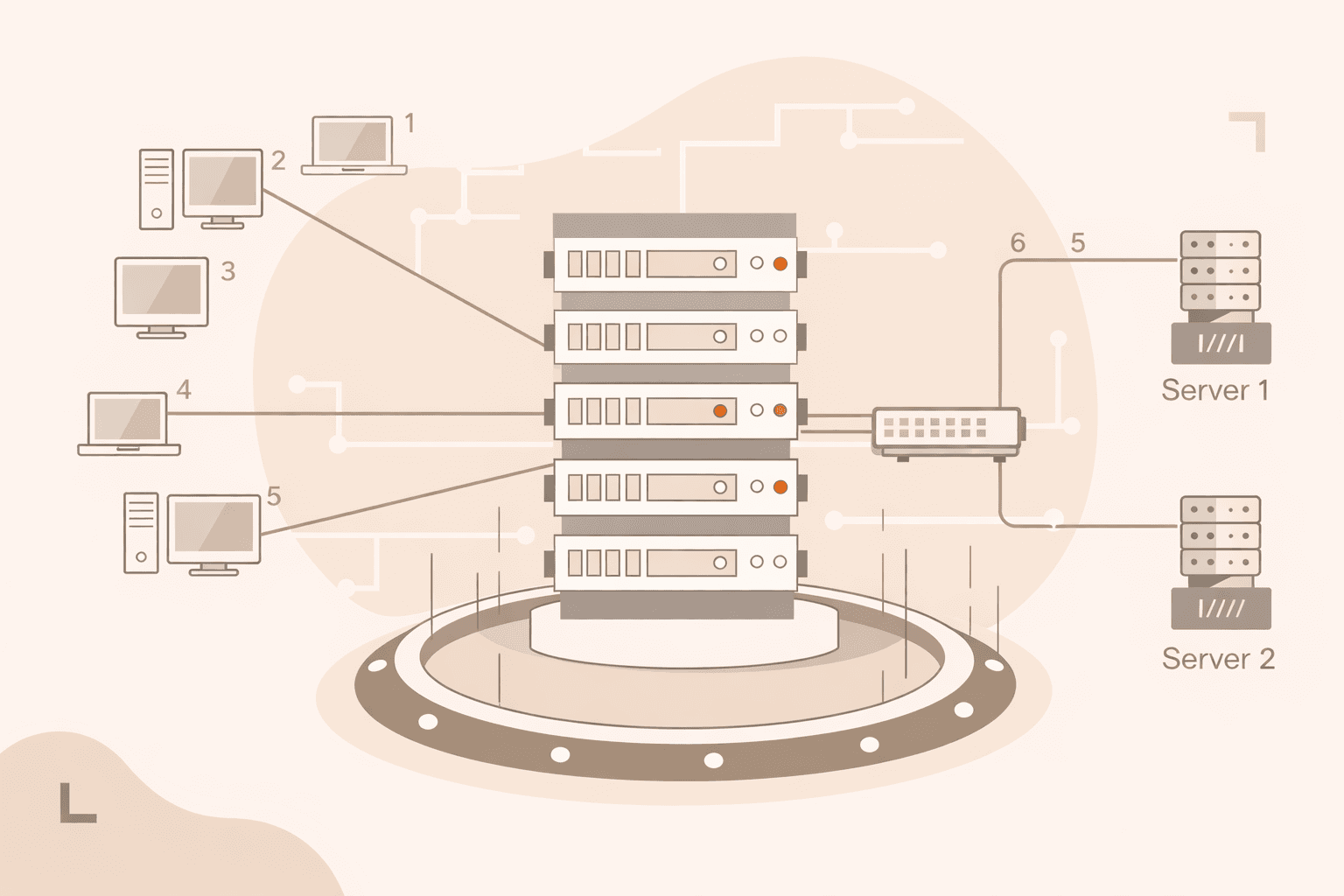
Load balancing automatically distributes incoming network traffic across multiple compute resources according to specified rules. Modern applications can generate millions of requests per second, and sharing the load boosts performance and
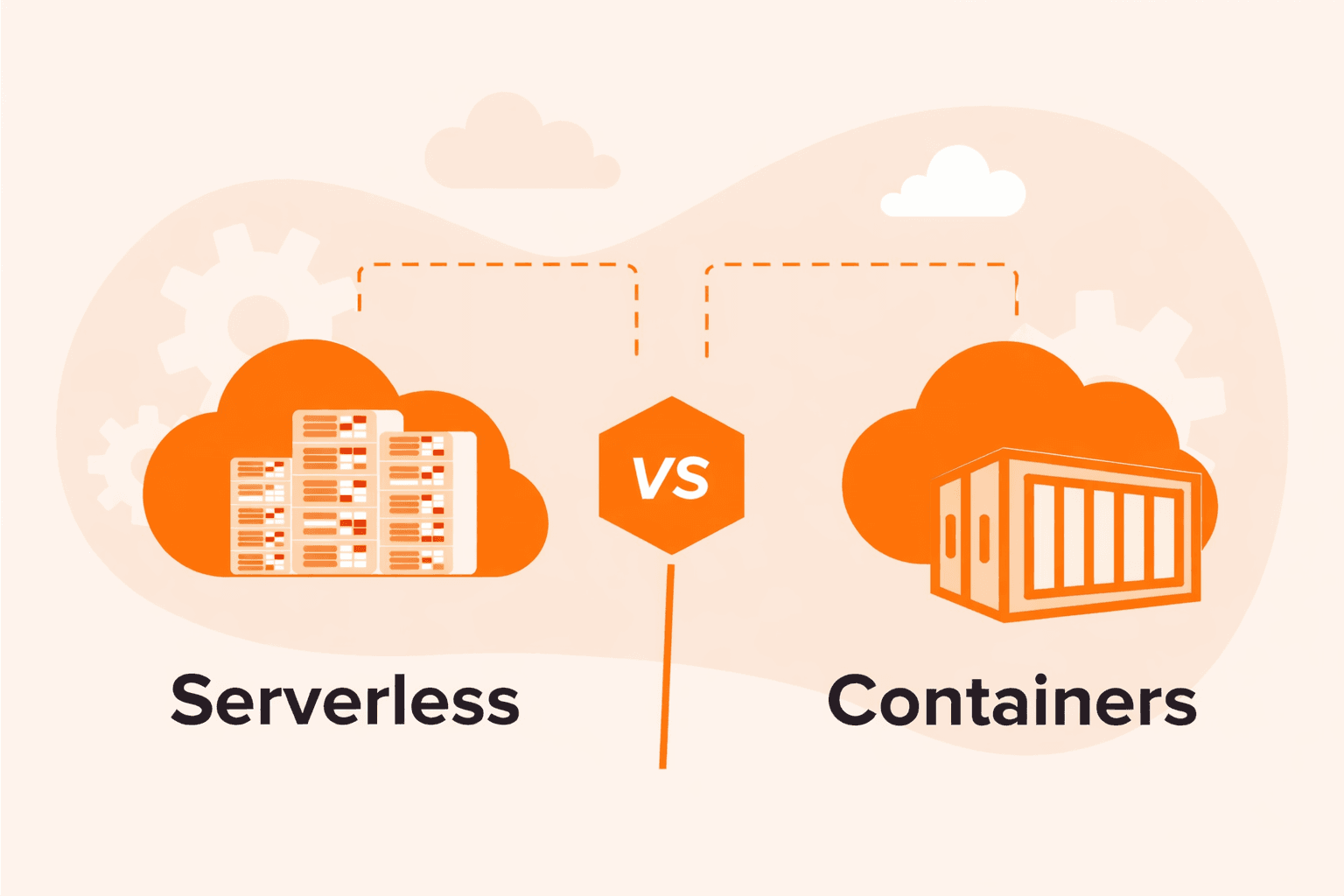
Serverless vs containersBuilding modern applications means making a fundamental choice: serverless or containers?This decision affects how you use code, manage resources, and pay for infrastructure. Here's what you need to know.Serverless c
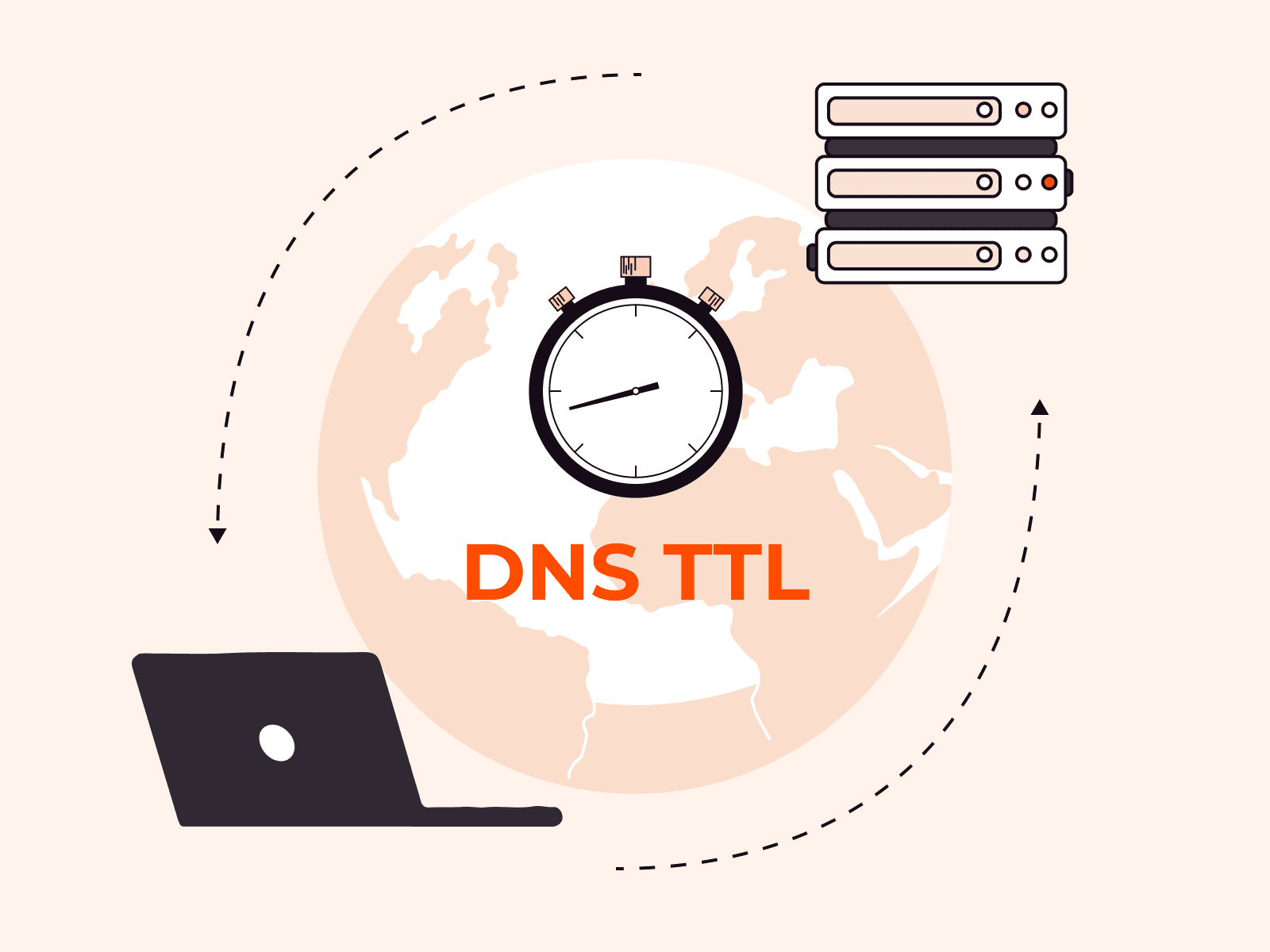
A Domain Name System Time to Live (DNS TTL) is a timer measured in seconds, that determines how long a DNS record stays cached before resolvers must refresh it from the authoritative nameserver.DNS TTL controls caching behavior across the g
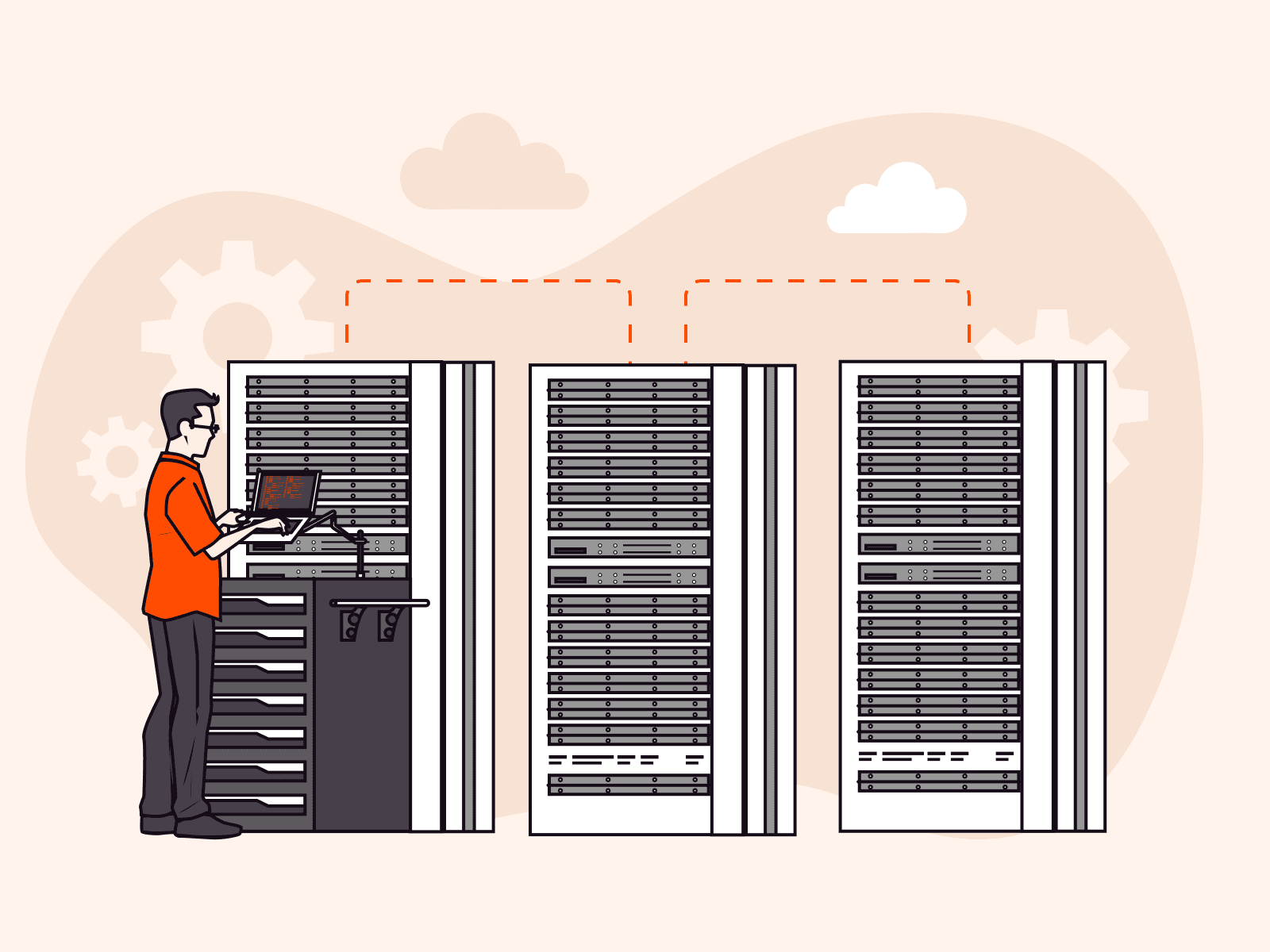
Load balancing automatically distributes incoming network traffic across multiple compute resources according to specified rules. Modern applications can generate millions of requests per second, and sharing the load boosts performance and
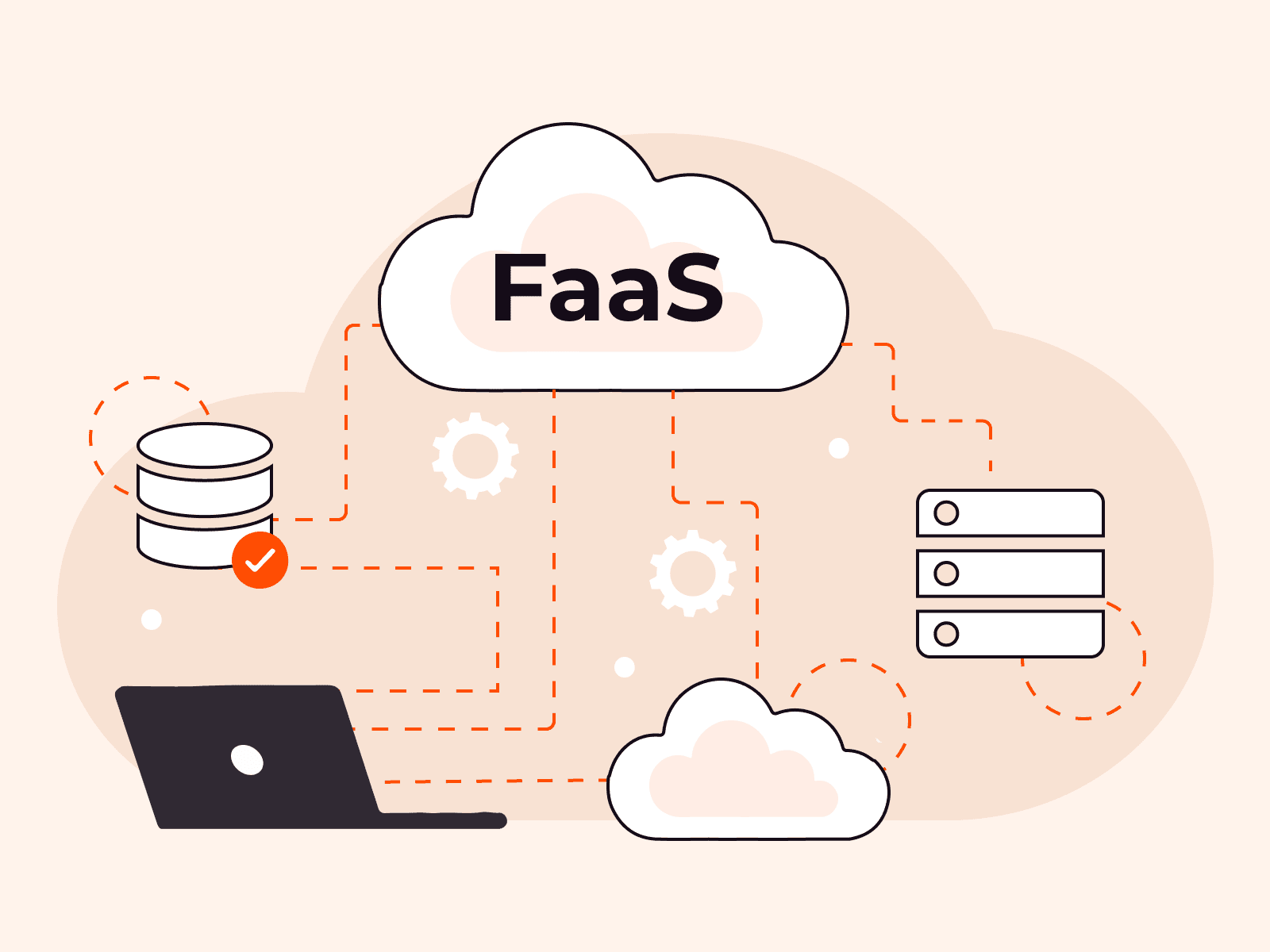
Function as a Service (FaaS) is a serverless computing model that lets developers write and deploy code in small, independent functions without managing any server infrastructure. Over 50% of organizations now adopt serverless technologies
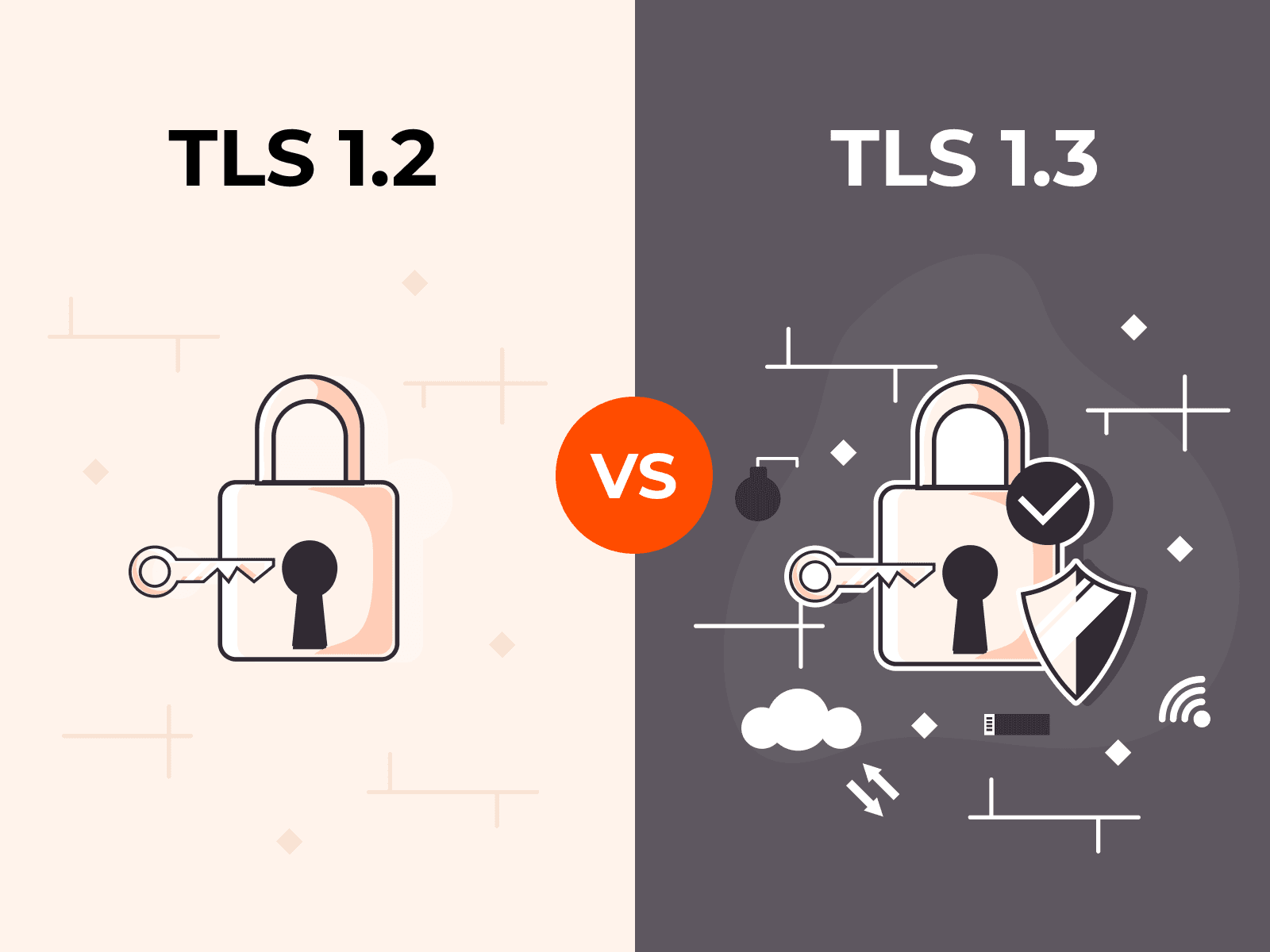
TLS 1.3 vs 1.2 refers to the comparison between two versions of the Transport Layer Security protocol, a cryptographic standard that encrypts data exchanged between clients and servers to secure network communications. TLS 1.3, finalized in
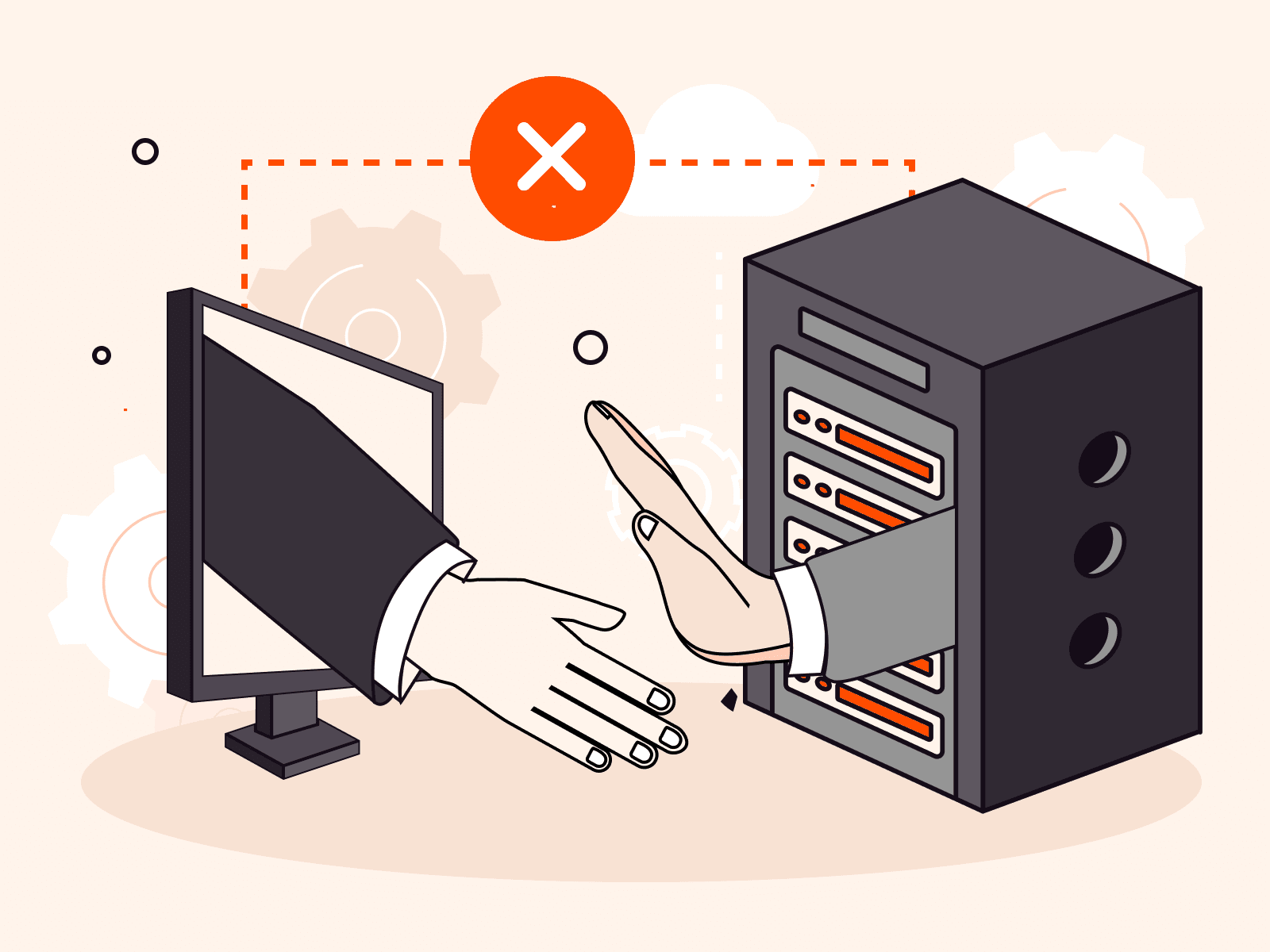
An “SSL handshake failed” error occurs when a client and server can't complete the initial negotiation process required to establish a secure encrypted connection. This negotiation happens before any data transfer begins and typically compl
Subscribe to our newsletter
Get the latest industry trends, exclusive insights, and Gcore updates delivered straight to your inbox.
